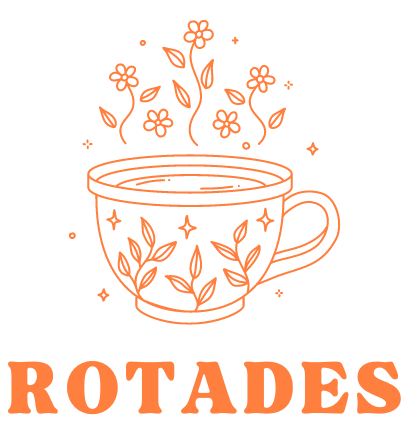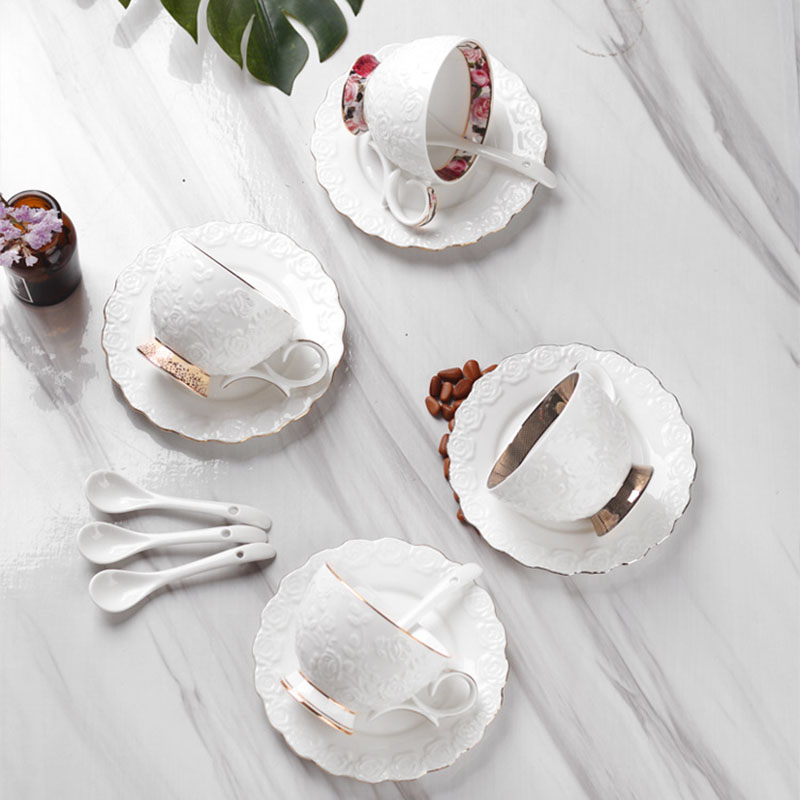Tea Cups
The Versatile Charm of Tea Cups: A Comprehensive Guide
Introduction
Tea cups, often overlooked in their simplicity, hold a special place in the world of tea. They are more than just vessels for drinking tea; they are cultural symbols, pieces of art, and essential components of tea ceremonies and daily rituals. This article explores the history, varieties, design elements, and cultural significance of tea cups, showcasing how these humble items have evolved and enriched our tea-drinking experience.
A Brief History of Tea Cups
The history of tea cups is as rich and diverse as the history of tea itself. The earliest tea cups originated in China during the Tang Dynasty (618-907 AD). These cups were small, handleless, and made of porcelain or ceramics, designed to hold the delicate teas brewed in those times.
As tea spread to Japan, the tea cup took on new forms, particularly with the advent of the Japanese tea ceremony in the 16th century. The chawan, a type of tea bowl used in these ceremonies, exemplified the Japanese appreciation for simplicity and natural beauty.
In Europe, tea cups became popular in the 17th century with the introduction of tea by the Dutch East India Company. Initially, European tea cups mirrored the Chinese design but soon evolved to include handles, catering to Western drinking habits. The British, in particular, embraced tea cups as part of their elaborate afternoon tea rituals, leading to the creation of fine bone china tea sets adorned with intricate patterns and gilding.
Varieties of Tea Cups
Tea cups come in a plethora of styles, each suited to different types of tea and cultural practices. Here are some common varieties:
Porcelain Tea Cups: Known for their delicate and translucent quality, porcelain tea cups are often used in fine dining and formal tea settings. They are ideal for delicate teas like white and green tea.
Bone China Tea Cups: A type of porcelain that includes bone ash, bone china is prized for its durability and elegant appearance. These cups are commonly used in British afternoon tea services.
Ceramic Tea Cups: Versatile and widely used, ceramic tea cups retain heat well and are suitable for a variety of teas. They come in numerous styles and glazes, reflecting different cultural aesthetics.
Glass Tea Cups: Perfect for showcasing the color of the tea, glass tea cups are modern and stylish. They are particularly popular for herbal and blooming teas.
Clay Tea Cups: Often used in traditional Chinese tea ceremonies, clay tea cups can enhance the flavor of tea over time. Yixing clay cups, for example, are famous for their ability to absorb tea oils and develop a unique seasoning.
Chawan: A large tea bowl used in Japanese tea ceremonies, the chawan is a symbol of Japanese craftsmanship and aesthetics. It is designed to hold matcha, a powdered green tea whisked to a frothy consistency.
Design Elements of Tea Cups
The design of a tea cup influences both its functionality and aesthetic appeal. Key design elements include:
Shape: The shape of a tea cup can affect how tea cools and how aromas are experienced. Wide, shallow cups cool tea quickly and allow aromas to disperse, while tall, narrow cups retain heat longer.
Handle: The presence and design of a handle are crucial for comfort. European tea cups typically have handles, whereas traditional Asian tea cups often do not.
Material: The material of a tea cup affects its heat retention properties and how it interacts with the tea. Porcelain and glass are non-porous and do not alter the tea’s flavor, while clay cups can enhance and retain flavors.
Capacity: The size of a tea cup varies widely. Smaller cups are used for stronger, more concentrated teas, while larger cups are suitable for lighter teas and herbal infusions.
Decoration: Tea cups can be plain or elaborately decorated. Hand-painted designs, intricate patterns, and gilding add to the aesthetic value and cultural significance of the cup.
The Cultural Significance of Tea Cups
Tea cups hold deep cultural significance in various parts of the world, each culture imbuing this simple vessel with unique meanings and traditions.
China
In China, tea drinking is a ritual steeped in history and symbolism. The tea cup, or cha bei, is an integral part of Chinese tea culture. The size and shape of the cup are carefully chosen to enhance the tea-drinking experience. In traditional Chinese tea ceremonies, small, handleless cups are used to savor the flavor and aroma of the tea fully.
Japan
In Japan, the tea cup, or yunomi, and the tea bowl, or chawan, are essential to the tea ceremony, known as the way of tea (chado). The design of these cups reflects the Japanese appreciation for wabi-sabi, the beauty of imperfection and impermanence. Each chawan is unique, often hand-crafted with natural materials and simple glazes.
Britain
In Britain, the tea cup is synonymous with the tradition of afternoon tea. Fine bone china tea cups, often adorned with floral patterns and gold accents, are used to serve tea in elegant settings. The ritual of afternoon tea, with its emphasis on socializing and relaxation, highlights the cultural importance of the tea cup as a symbol of hospitality.
Modern Innovations
Modern tea cups have evolved with innovations in design and materials. Contemporary tea cups often feature double-walled construction to keep tea hot while the exterior remains cool to the touch. Heat-resistant glass and silicone materials add to the functionality and durability of modern tea cups.
Electric tea cup warmers and insulated travel mugs have also become popular, catering to the busy lifestyles of today’s tea drinkers. These innovations ensure that tea can be enjoyed at the perfect temperature, whether at home or on the go.
Choosing the Perfect Tea Cup
Selecting the right tea cup can enhance your tea-drinking experience. Consider the following factors:
Type of Tea: Different teas may benefit from specific types of tea cups. Delicate teas like white and green tea are best enjoyed in porcelain or glass cups, while robust black teas can be savored in ceramic or clay cups.
Purpose: Choose a tea cup based on its intended use. A small, elegant cup may be perfect for formal occasions, while a larger, more durable cup may be better suited for everyday use.
Design and Aesthetics: The design of the tea cup should reflect your personal style and complement your kitchen or dining area. Consider whether you prefer minimalist designs or more ornate patterns.
Comfort: Ensure that the tea cup is comfortable to hold and drink from. The handle should be easy to grip, and the rim should be smooth and pleasant against your lips.
Conclusion
Tea cups, with their diverse designs and cultural significance, play a crucial role in the enjoyment of tea. Whether you are a casual tea drinker or a connoisseur, the right tea cup can elevate your tea experience, making each sip a moment of tranquility and pleasure. From the intricate beauty of a Japanese chawan to the elegant simplicity of a glass tea cup, these vessels are not just for drinking tea—they are a celebration of the art and tradition of tea itself.



